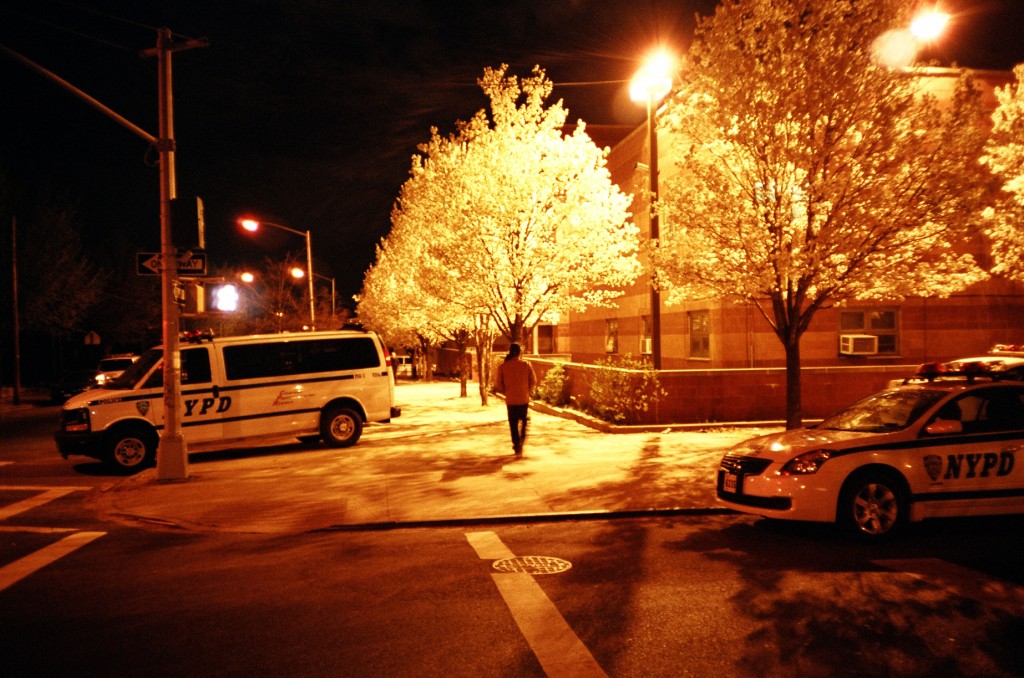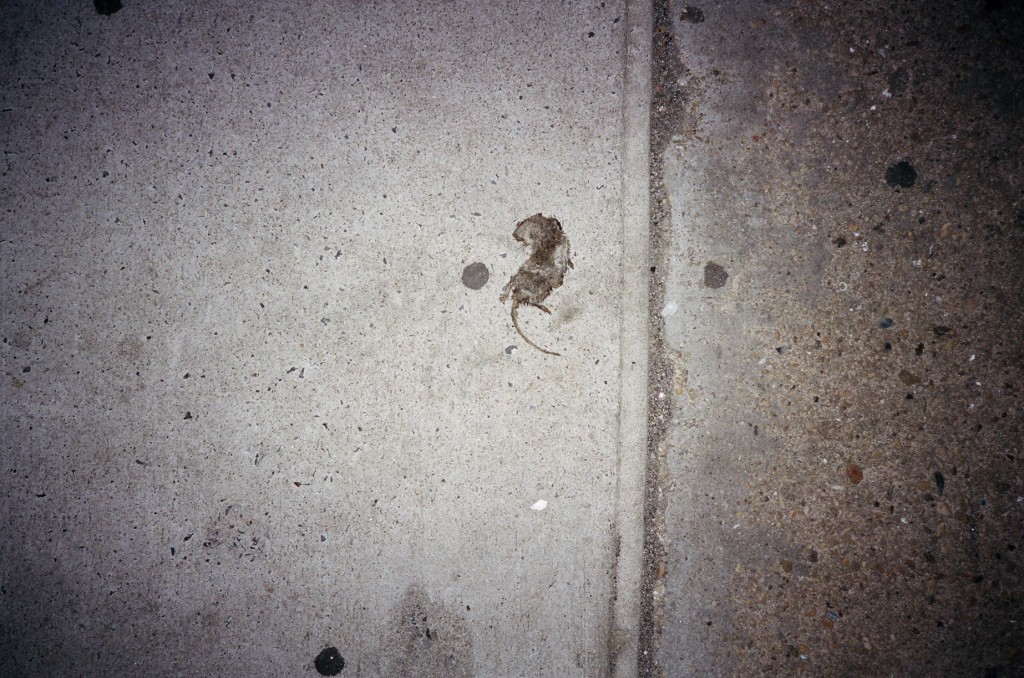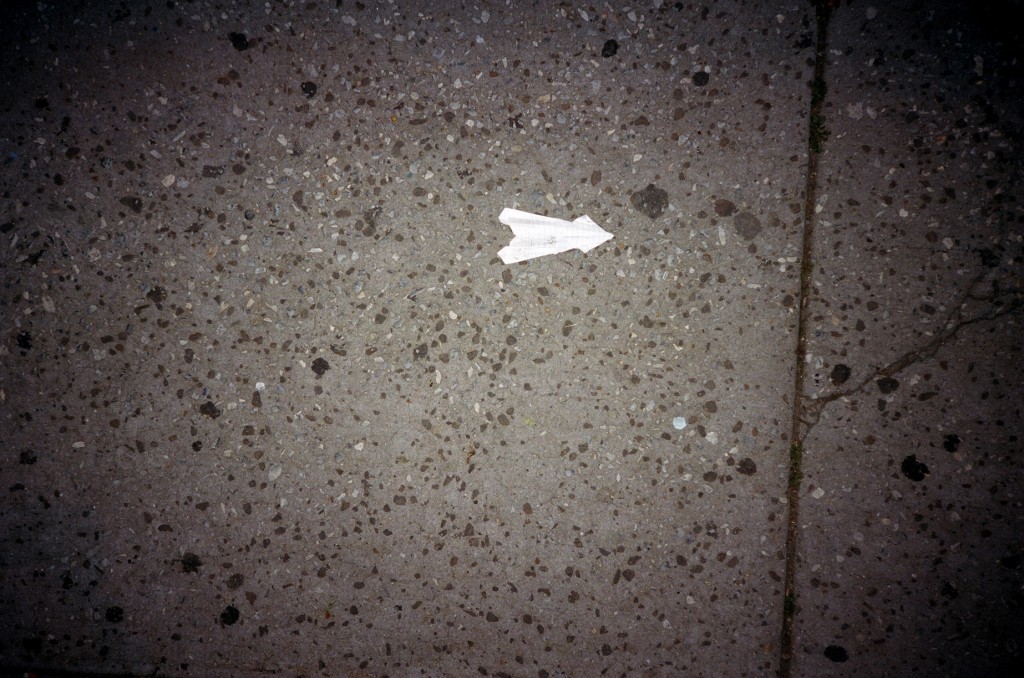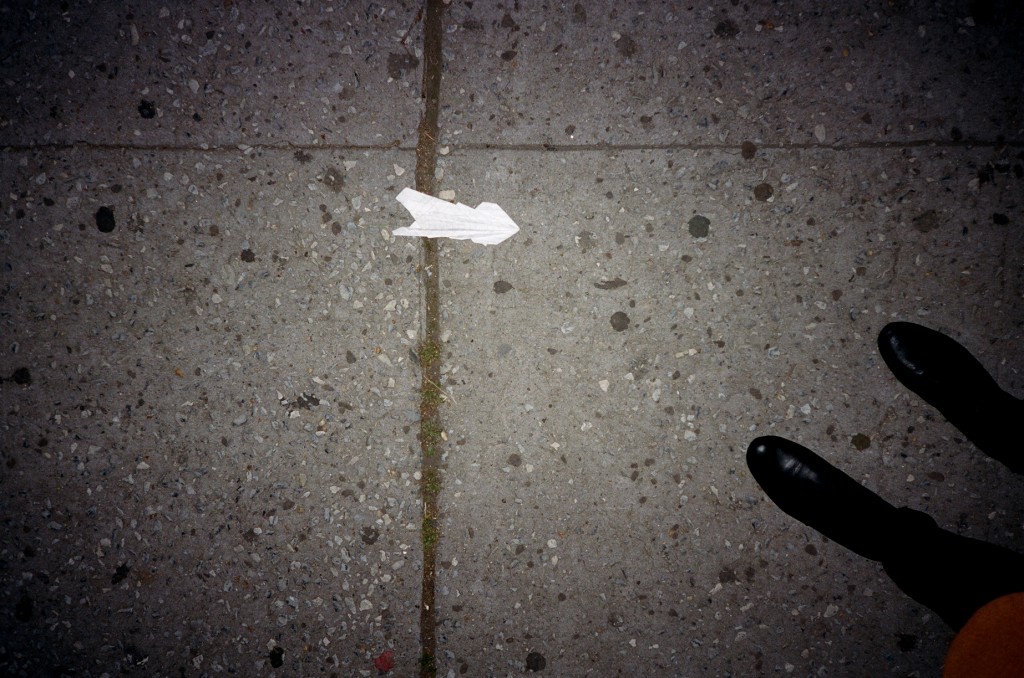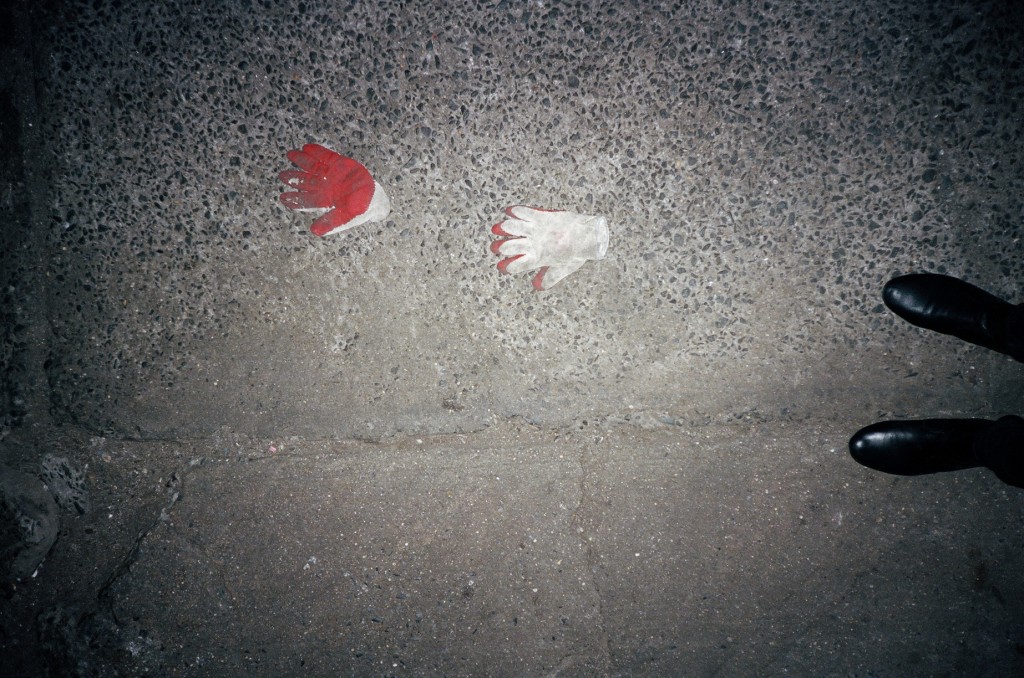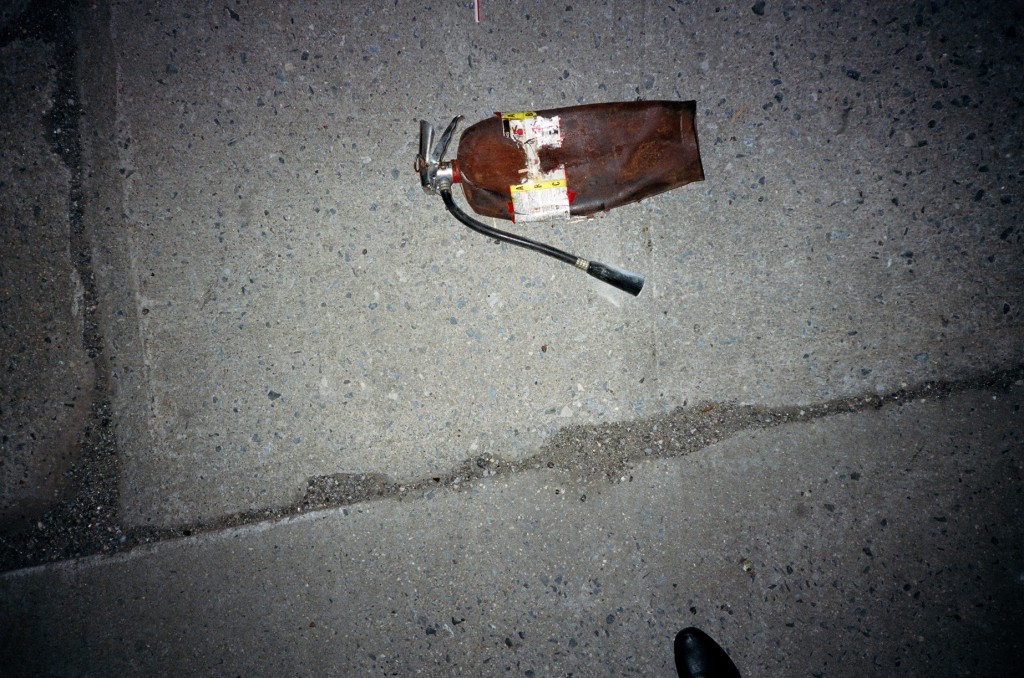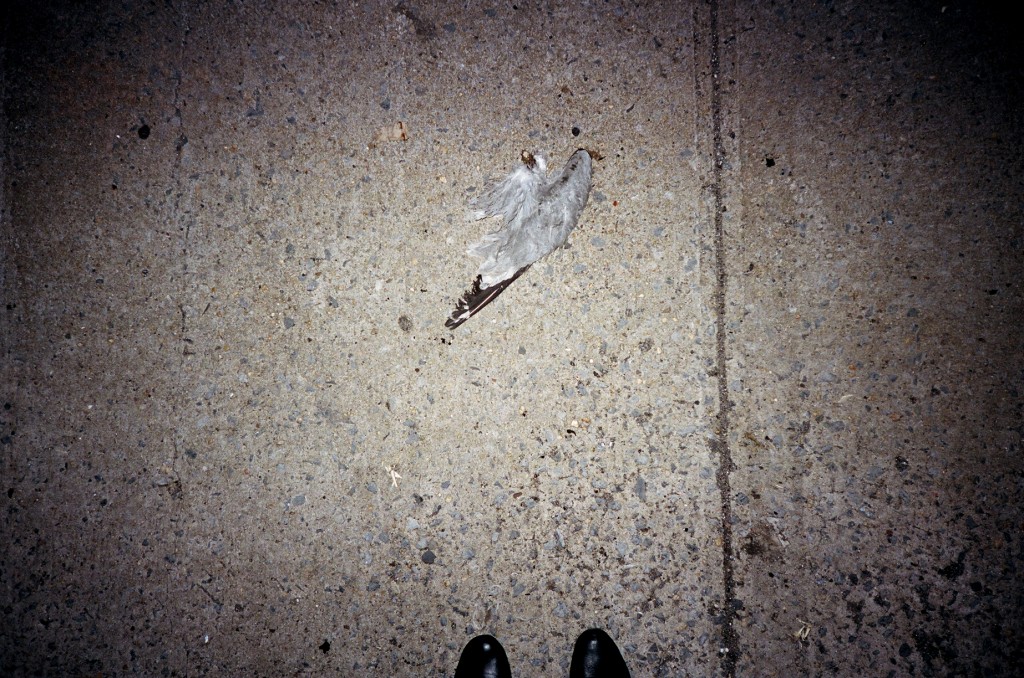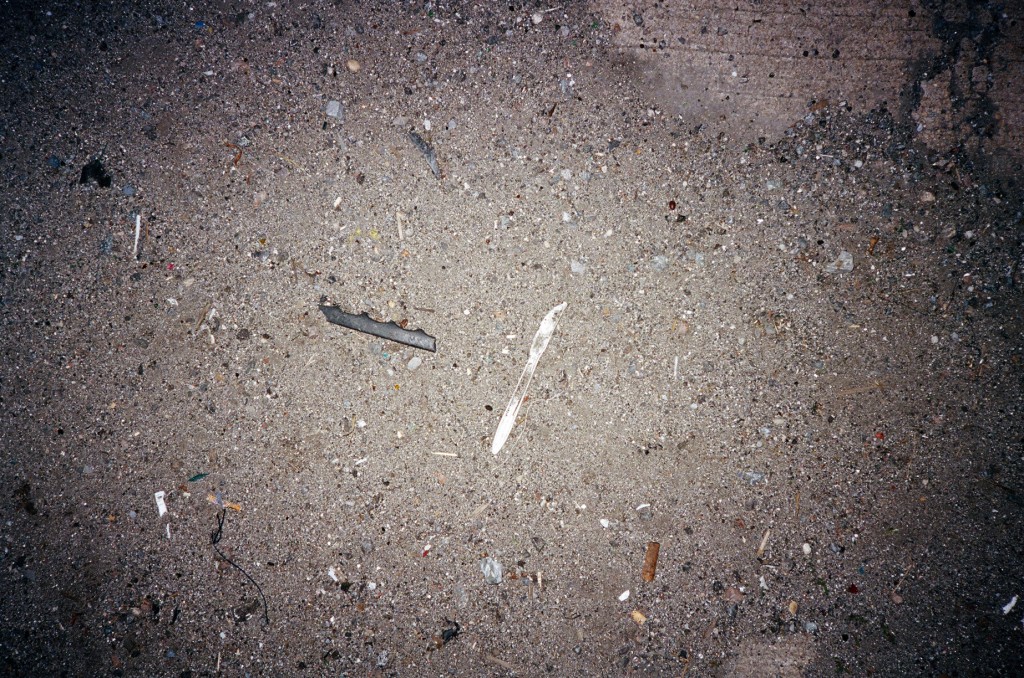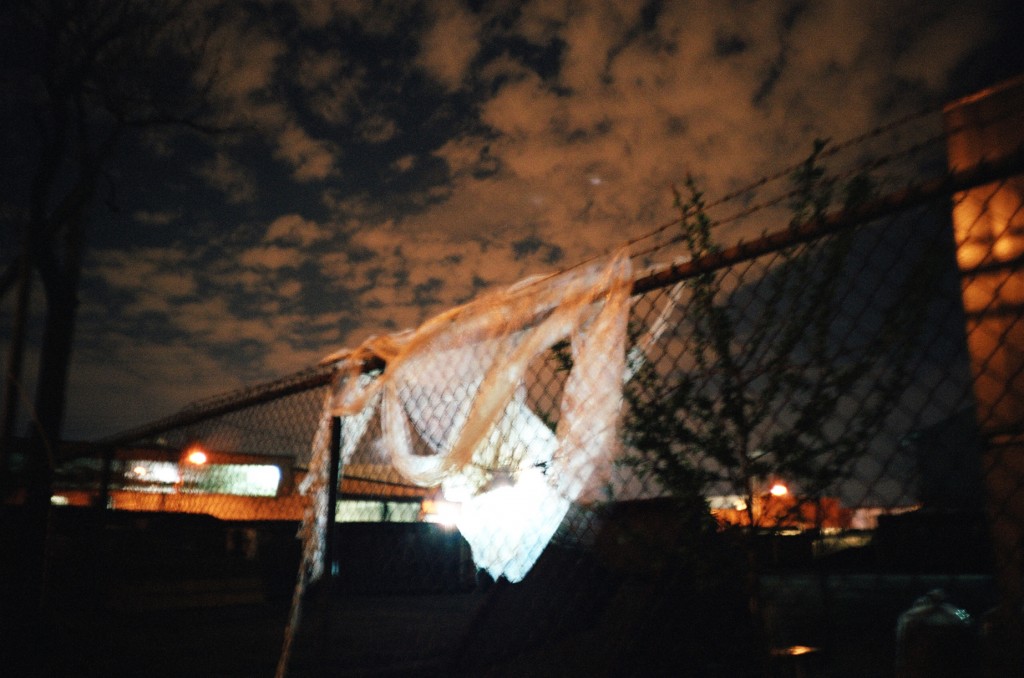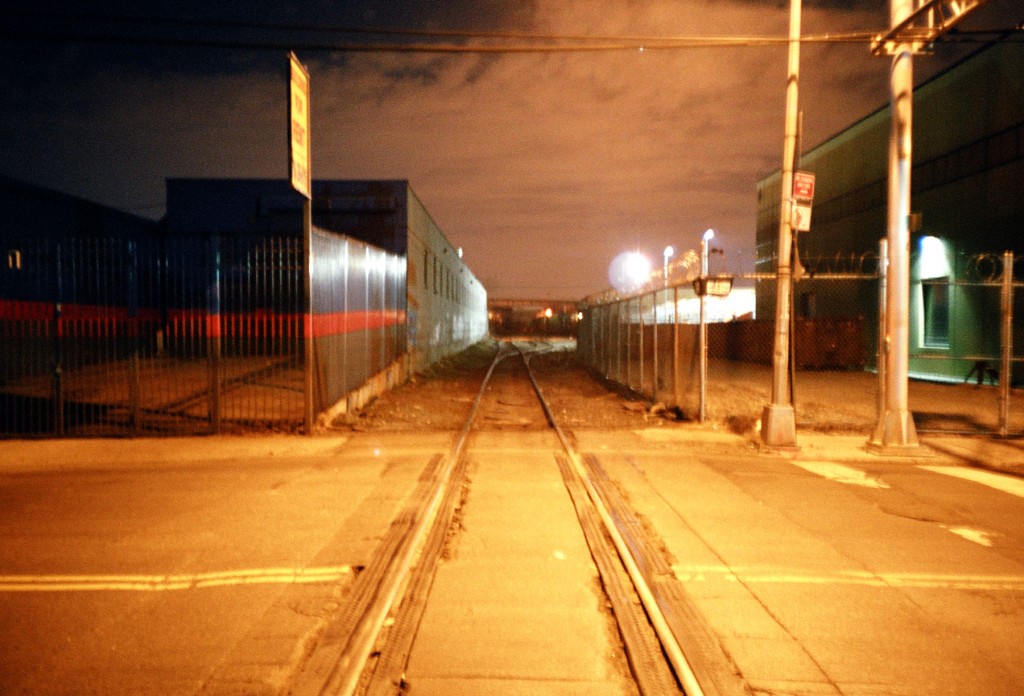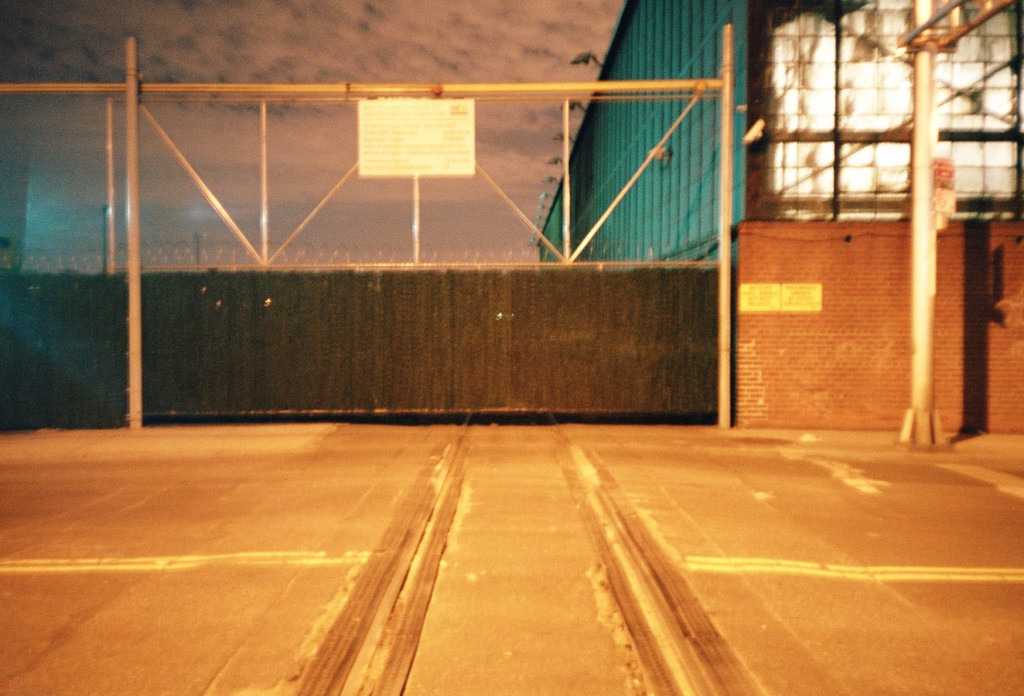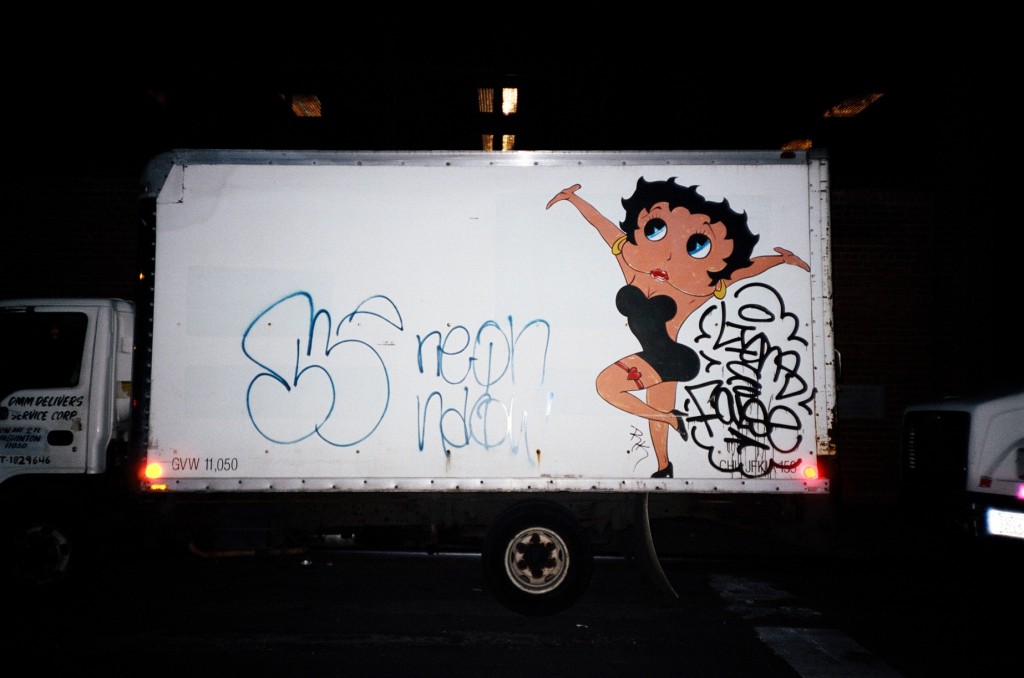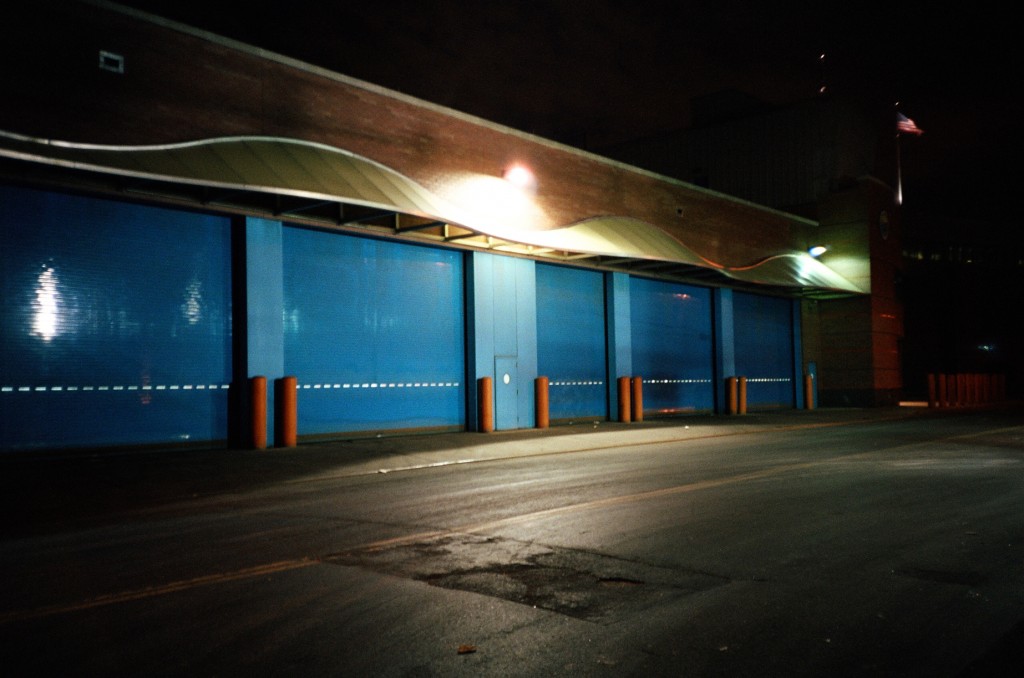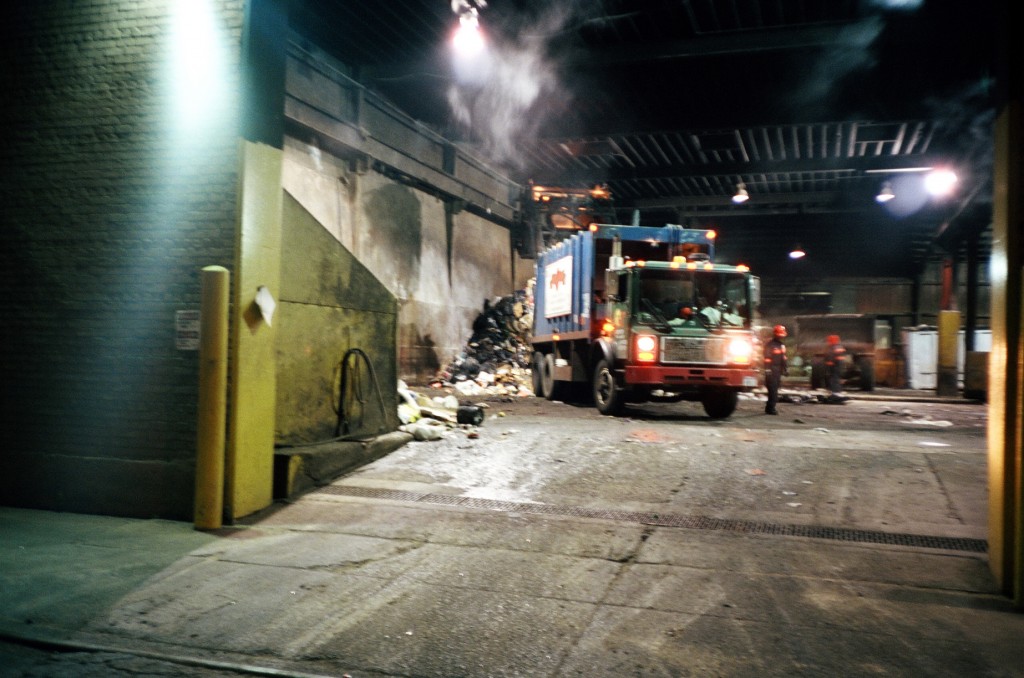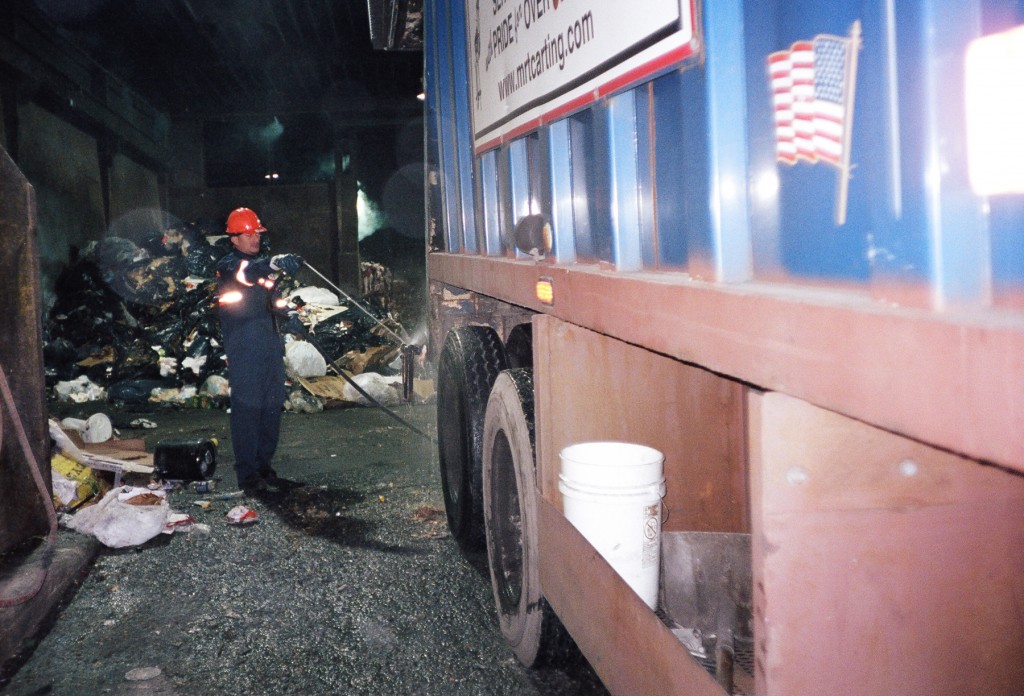I had originally thought of conceiving my dérive as a reinterpretation of the practice of graffiti. When we were discussing it in class, it seemed to me that what the SI were describing was very similar to what I had always thought was the most fruitful aspect of this subculture. If you ever ask a writer what is it that graffiti has contributed to their lives, you will most likely hear a whole rant about how it is a “horrible addiction” that has taken everything away from them: money, girlfriends, liberty, a chance at a normal existence, etc; but after this martyrdom discourse, they will likely tell you that the greatest gift that graffiti has given them is a particular magical connection to their cities that could have never been achieved otherwise. Their “greatest memories” always have to do with walking aimlessly for an entire night through empty streets, or of watching sunrises from on top of billboards, or befriending bums. Just like the SI took great pride in exploring hidden catacombs underneath the city, graffiti writers know that the greatest satisfaction of painting a train is being able to explore the tunnels of the subway system. There is an enlightenment that comes from living the city under a different light, of moving through its streets in a way that is not determined by the scripted trajectories of work and consumption.
So with this in mind, I wanted to make my dérive a celebration of completing the 6 months of “staying out of trouble” that I had to do for getting arrested for a stupid marker tag. In Venezuela if you ever got caught by the police, you could get horribly beaten up, get spray cans emptied out on your balls and most likely get driven to ATMs at gun point by uniformed officials; but all of this fails in comparison to the torture of being processed by the judicial system in America. With fears of “having a record”, of being processed with felony charges (in NYC graffiti is considered a felony and not a misdemeanor), or of facing actual jail time, graffiti in the first world has really put to test my alleged “fuck the system” mentality. But now that six months had passed from my arrest, my sheet was clean and I was awarded another “get out of jail free” card (felony charges for graffiti are usually only enforced if there is a recurrent offense).
My original plan was to do the dérive alone, I wanted to treat the experience with the upmost importance and seriousness, and didn’t want to get dragged down by someone that wasn’t at the “same level of awareness” as me. The night I had planned out for it though, I was with my partner SS, a person who I love, but that I don’t necessarily associate with the subversive lifestyle I thought necessary to actually appreciate a practice like the dérive. My preconception was that that level of consciousness was reserved for people that had committed their everyday personal expressions (clothes, music, cultural interest) to showcase that awareness or to make it something explicitly evident in their everyday lives. Let me just say now, as an early reflection, that one of the greatest revelations of the whole experience, was to see how SS proved to be more “aware” than me or anyone I would have initially guessed suitable for this experience. She faced the potentiality of a dérive with more sincerity than those that try to adapt it to their own inflated personal aspirations of meaning and purpose in life (myself being a perfect example). SS seemed to be able to connect to the dérive with a joy and a directness that was remarkable, and that was sort of enviable. I guess what it made me understand was the importance that the SI gave to practiced activities of revolutionary spirit. When you set up a methodology to be able to live out a representation of your ideals, you are able to experience haptically the sensation of real movement, and you are able to strain out the fallacies that arise when we only used to construct your emotions in the field of abstract time.
Reflections:
Moments of fear. Initially there was a fear of these long desolated streets that didn’t seem to lead to anywhere recognizable. They didn’t even seem like they connected to different location, but that they were these long roads that regenerated infinitely, like the pathways of a labyrinth that only offer more challenges as they go along and not a resolution of transportation. The fear, or the discomfort, that these long unkown streets would have, had to do with not knowing if going through them would make it ever more difficult to get out of, the fear again, of taking the wrong path in a labyrinth, like the fear of swimming out to sea without thinking of saving energy for the swim back. It was a fear of going forward in an entanglement that offered no resolution.
It wa interesting to compare that type of fear to the discomfort of arriving to neighborhoods of sketchy nature. It was so interesting to compare in the moment the two very different natures of each type of fear. One was of the unkown and others of the known, or of what you think you know. Of the fear of the uncharted on one hand and the fear of the classified or stigmatized on the other. These neighborhood posed a symbolic threat, not because we felt that we would not know what to encounter or that it would leave us stranded in an uncharted melieu, but that we would have to face zones that were recognizable as “dangerous”, or “black”.
-is there a specific outcome that we are looking for in the Dérive?
I explained to her that dérive for the SI was a sort of methodological tool to recollect data and to put onself in the midset necessary to be sensitive to such data, that would inform a greater study of pshycogeography of cities. The SI’s intent was to “build a new city”, and these methods were just practical tools to set forward a new type of consciousness that could facilitate the conception of urbanity. But having said that it was clear that was just a very specific concern related to the political movement and school of research that was the SI, but that was not necesarilly the same goal that we had for our own practice of Derive. I guess talking about the idea of outcomes, made it clear that these tools, even though constructed and thought out for a ver specific intentionality, had the dynamic nature that made it fruitful to many different types of endeavours. The goals of “emotionally disorienting onself” and of utilizing that disorientation for a new mode of study of a terrain, does not only have to be applied to objectives of urbanism or spatial politics, that level of disembodiment and unstability that the derive produces can be revealing to many different objectives one can have in the production of meaning. The question then became what would be our desired outcome out of this dérive? What are we trying to set in motion?
After thinking about it for a while it started to seem that if I had any objective (and I feel that I can only speak of myself now, SS might have had whole different agenda and there would no point of me speculating about it) would be to come to terms with my own hopes and disillusions regarding the so called revolutionary practices that are posed through unconventional practices. In other word, to come to terms with my own feelings about the potential of the unkown, the irrational, on freedom in a true unadulted fashion. I come from Venezuela, and there its more clear than anywhere, how disappointing the traditional left can be. It is completely heartbreaking when all of your political aspirations seem to come to life, and they only produce an even greater condition of repression and unhumanity
